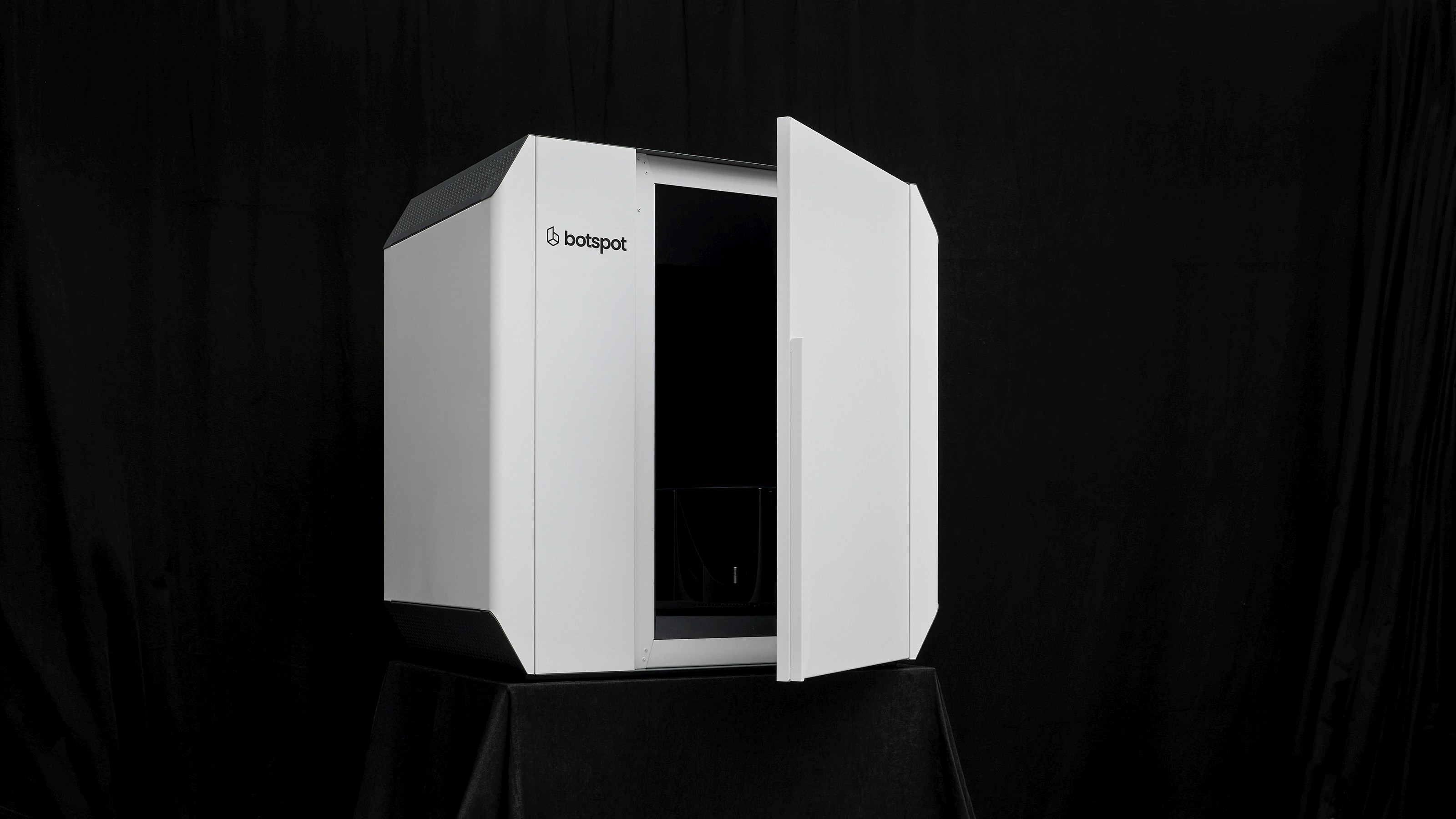Santa Unwrapped: Understanding the Basics of 3D Modeling
3D modeling has revolutionized various industries, be it animation (Film/VFX), gaming, e-commerce, manufacturing, industrial design or even healthcare. But what exactly is a 3D model? In this article, we'll explore the concept of 3D modeling using an intriguing example – a Santa Claus made of chocolate. This delicious analogy will help us understand the fundamental components of a 3D model: basic geometry (or mesh), texturing (including UV unwrapping) and baking.
What is a 3D Model?
A 3D model is a digital representation of a three-dimensional object. It’s created using specialized software and can be as simple as a basic geometric shape or as complex as a detailed character or object in a video game or movie.
The Chocolate Inside: The Basic Mesh/Geometry
Imagine a Santa Claus figure made of chocolate. The chocolate part represents the basic geometry or mesh of a 3D model. In 3D modeling, the mesh is a collection of vertices, edges, and faces that define the shape of the object. Just as chocolate is molded into the shape of Santa, in 3D modeling, vertices and polygons are shaped to form the model.

The Wrapping: UV Unwrapping and Textures
Now, consider the wrapper of our chocolate Santa. This wrapper can be likened to the textures in a 3D model. Texturing involves applying a 2D image to the 3D surface to give it color, detail, and realism.
UV unwrapping is the process of projecting a 3D model's surface onto a 2D plane – think of it as carefully unwrapping the chocolate Santa to lay the wrapper flat. This flat representation is crucial for texturing, as it allows designers to accurately apply and adjust images (textures) on the model’s surface.

Bringing it All Together: Baking the Final Model
Once the basic geometry and texturing are complete, the various elements have to be brought together into a single model again. In 3D modeling, this final process is referred to as 'baking'. It solidifies all the details, textures, and shadows, determining the final appearance and creating the final product that's ready for its digital debut.This is where the magic of 3D modeling truly shines, blending art and technology to create realistic, detailed representations of objects from our imagination or the real world.

And Now... Enjoy!
Understanding 3D modeling can be as delightful as unwrapping a chocolate Santa. From the basic geometry to the intricate texturing and final baking, each step is crucial in creating a lifelike, captivating 3D model. This analogy not only simplifies complex concepts but also adds a sweet twist to the fascinating world of 3D modeling.









